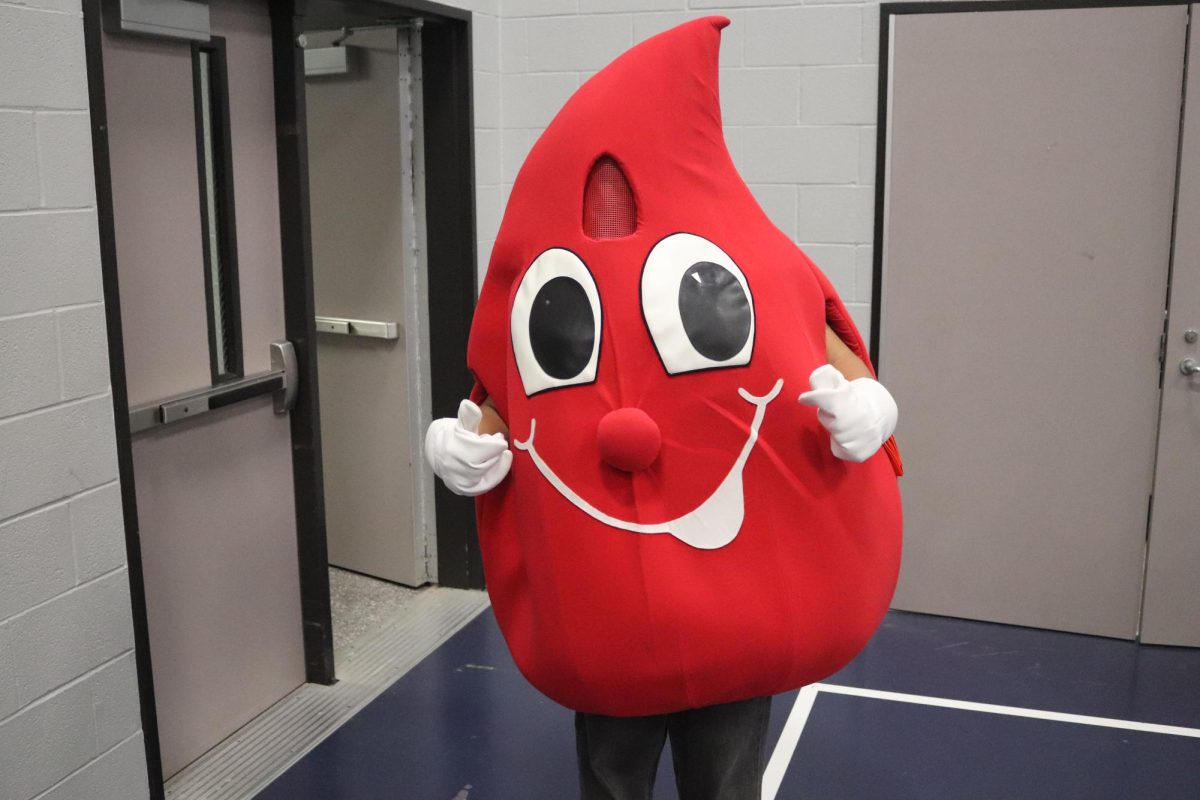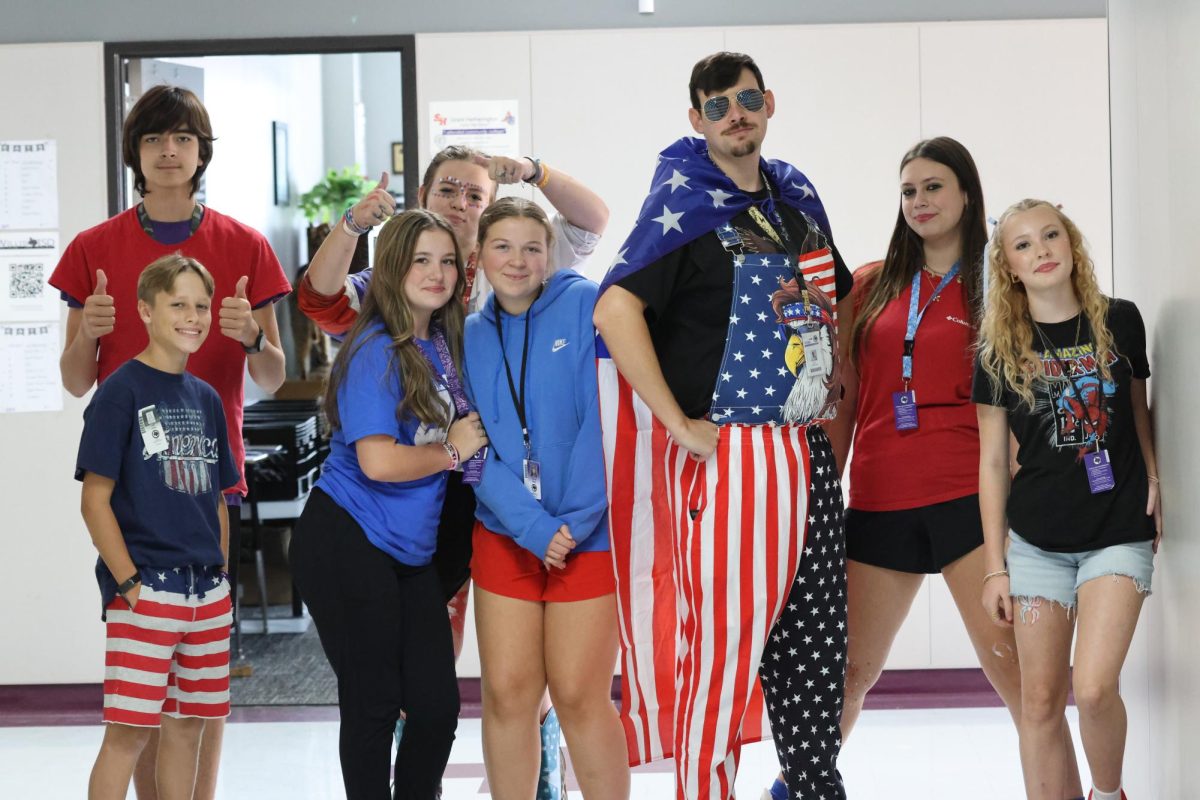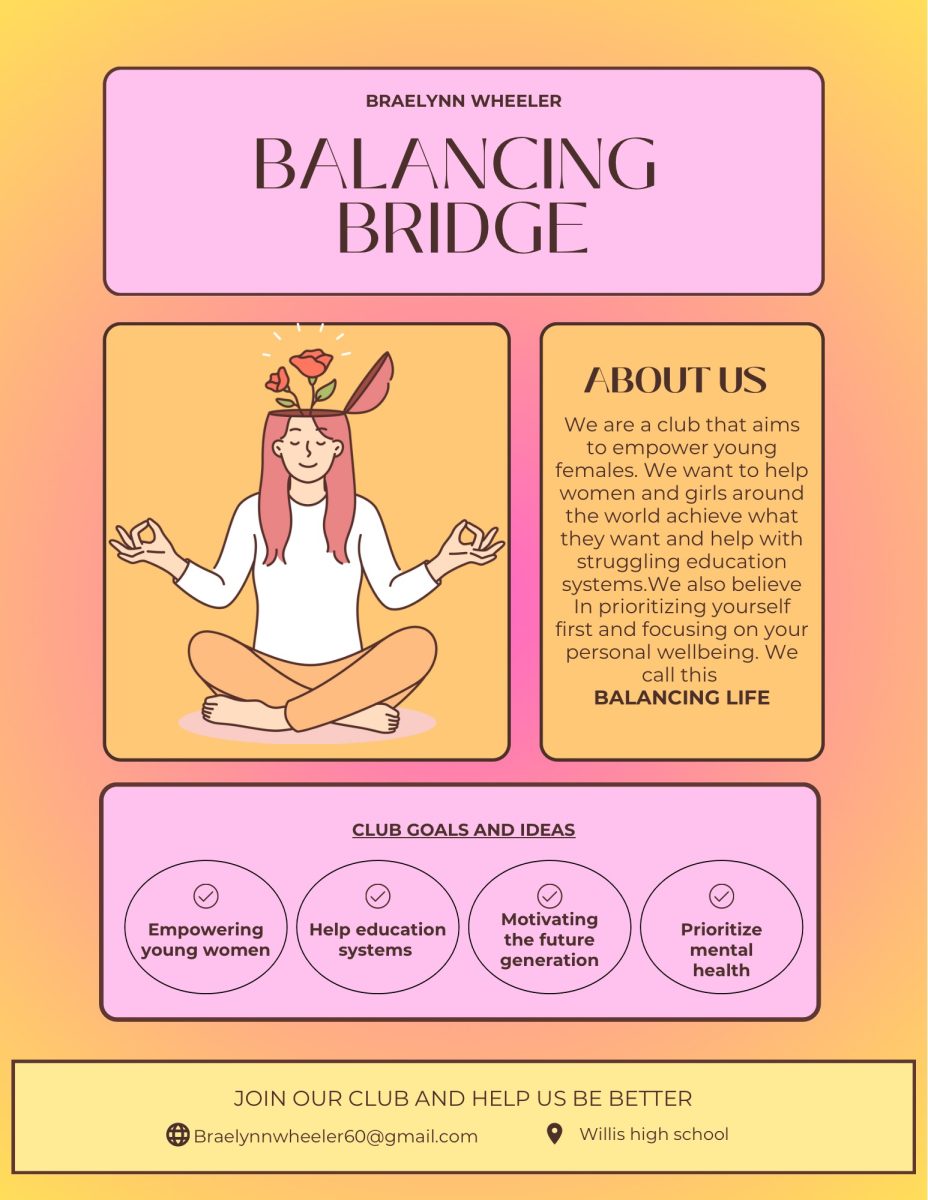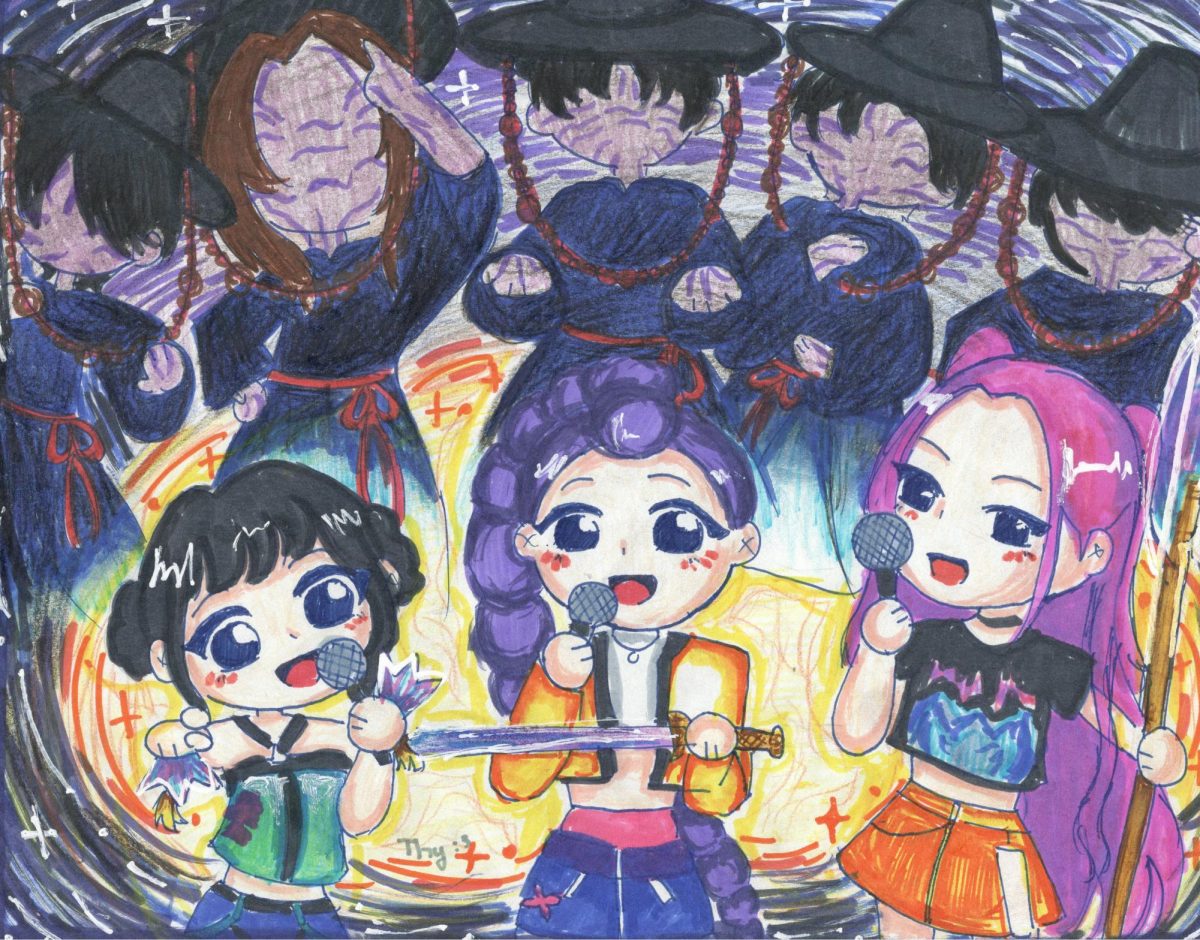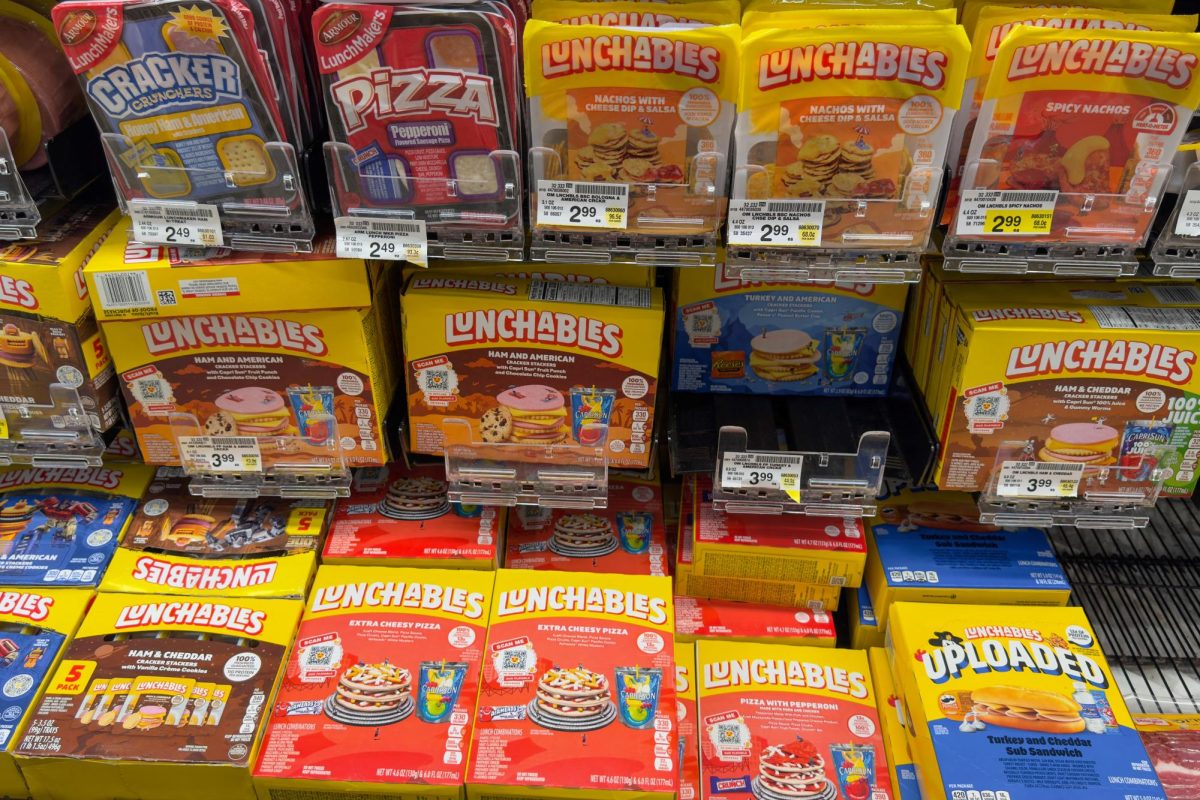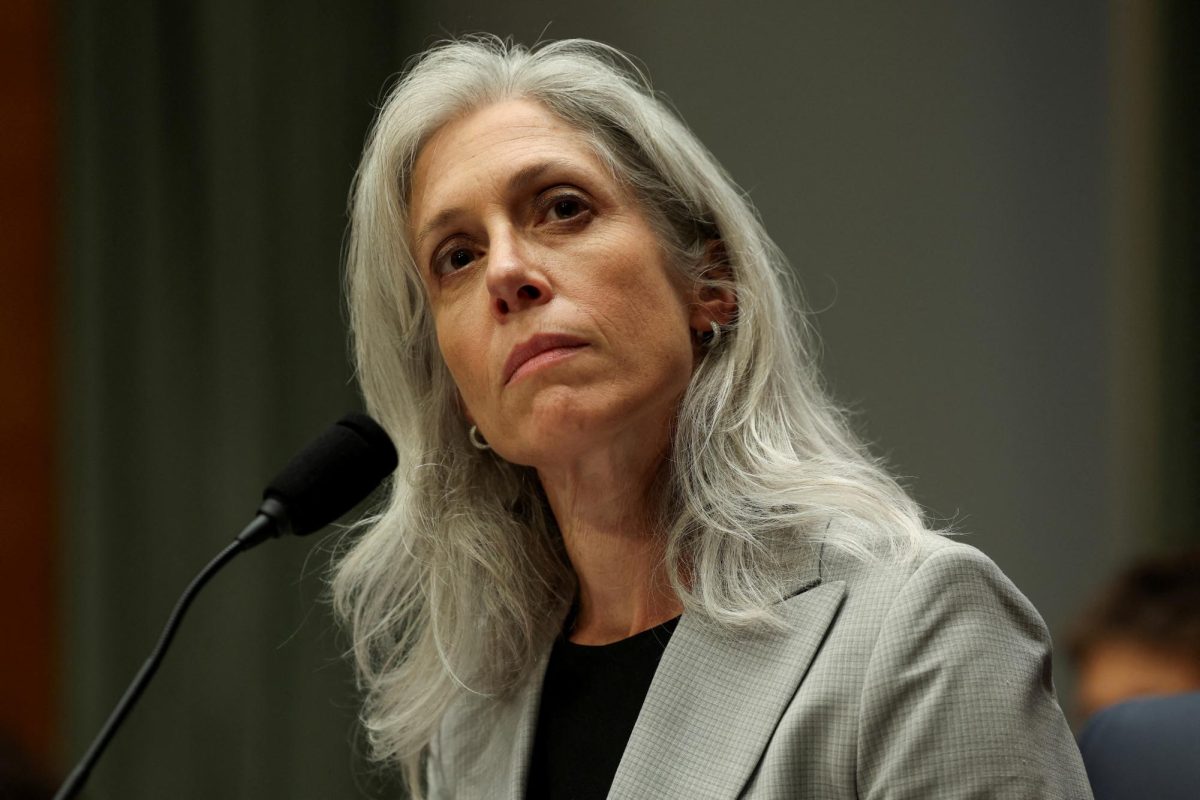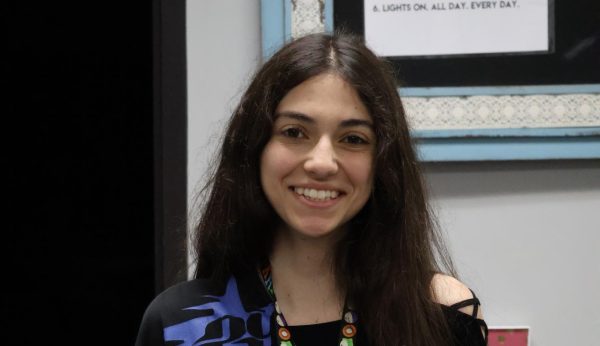Every two seconds, someone in the United States needs blood. Whether it’s for surgeries, cancer treatment, a major accident with a severe loss of blood, surgeries, and chronic illnesses. Despite this, there is a major blood shortage. An increase in cancer patients and chronic illnesses, with a decline in donors, is creating an even larger gap in the crisis.
HOSA will host a blood drive on Oct. 8. Students and teachers can sign up to donate with volunteers at lunches.
Thirty-eight percent of the population is able to donate blood. One person can donate blood every eight weeks. One pint of blood saves three lives. The average blood transfusion for one person is about three units; a major car accident victim could take up to 100 units of blood. Red blood cells have a shelf life of 42 days or less. Platelets must be used within 5 days or less.
Over 90,000 people in the United States suffer from Sickle Cell Disease. Sickle cell disease occurs when the red blood cell collapses and creates a sickle-type shape. This shape can easily clog vital veins and arteries, leading to fatalities or serious complications. To live most comfortably, blood transfusions are required throughout their life.
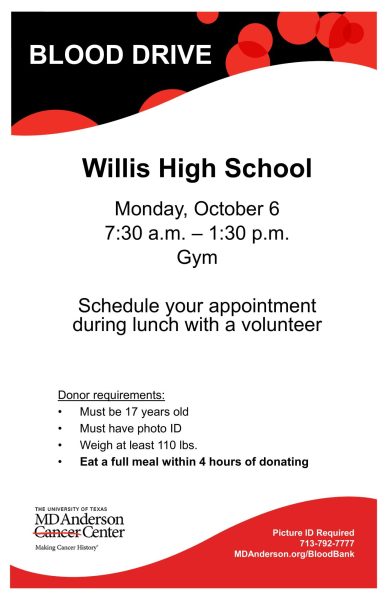
Cancer patients also need frequent blood transfusions as chemotherapy and radiation kills the hematopoietic stem cells in the red and white blood cells. This leads to lower oxygen getting around the body, damaging organs, and leading to extreme fatigue. As well as fewer white blood cells, which interferes with immunity, leading the patients to be immunocompromised. This means that the patients are more susceptible to infections and illnesses than the average person.
Only 3% of the population donates blood. This is nowhere close to the number of people that could donate, nor close in the numbers to help enough people. Donating blood can be scary; there are needles and a pint of blood, but it is worth giving three more people another chance at life.
Natural disasters, like hurricanes, tornadoes, pandemics, epidemics, and earthquakes, increase the demand for blood. The O-negative (O-) blood type is the universal donor. Anyone can receive this blood without rejection. Individuals with AB+ blood are universal recipients. These individuals can receive any sort of blood.
The need for blood will be on the rise for years to come. As demand increases and supply decreases, unless more people step up to donate. Every eight weeks, a person can donate a pint of blood. The more people who donate, the more blood there is in hospitals, and the more people who can be saved.


